Nestled in the heart of Nagano Prefecture, Norikura Kogen is a breathtaking highland area that beckons nature lovers and adventure seekers alike. This serene destination is renowned for its lush landscapes, pristine trails, and tranquil hot springs, offering a perfect escape from the hustle and bustle of city life. Whether you’re planning a summer retreat to enjoy vibrant wildflowers and hiking or a winter getaway for skiing and snowboarding, Norikura Kogen has plenty on tap. The region’s rich natural beauty is complemented by charming villages and cultural sites, making it a well-rounded destination for travelers. As you explore this guide, you’ll discover everything you need to know to make the most of your visit to Norikura Kogen.
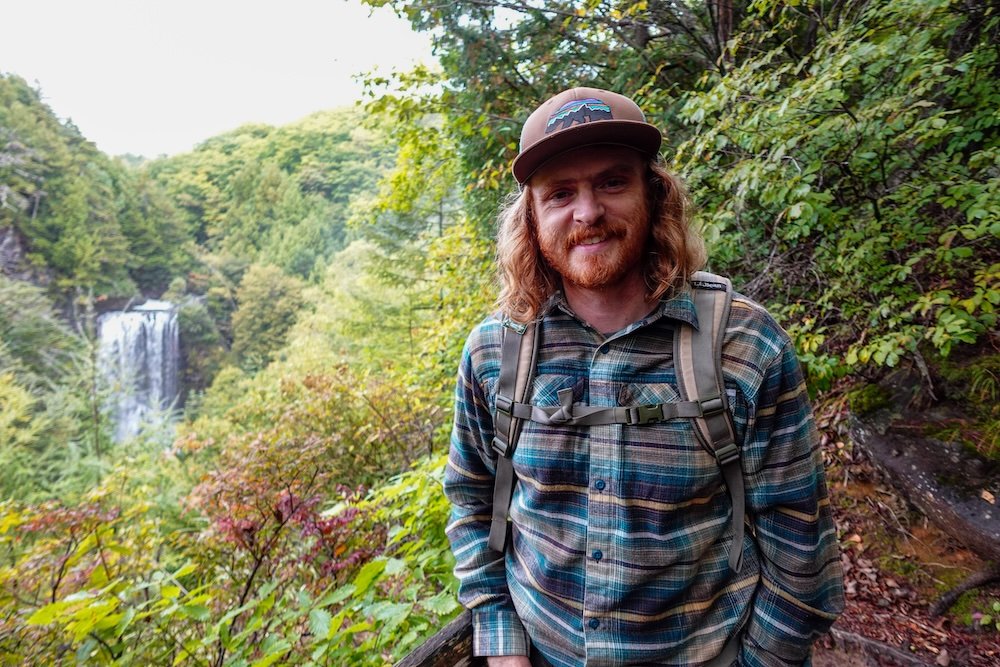
Welcome to Norikura Kogen
- Highlights:
- Located in the scenic Nagano Prefecture
- Ideal for both summer and winter activities
- Combines natural beauty with cultural charm
- Don’t Miss: Visiting during the cherry blossom season for stunning floral displays and picturesque landscapes
source: Samuel and Audrey YouTube Channel: Nomadic Samuel + That Backpacker hosting
Tip: Plan your visit according to the season to experience the unique beauty and activities that Norikura Kogen offers throughout the year.
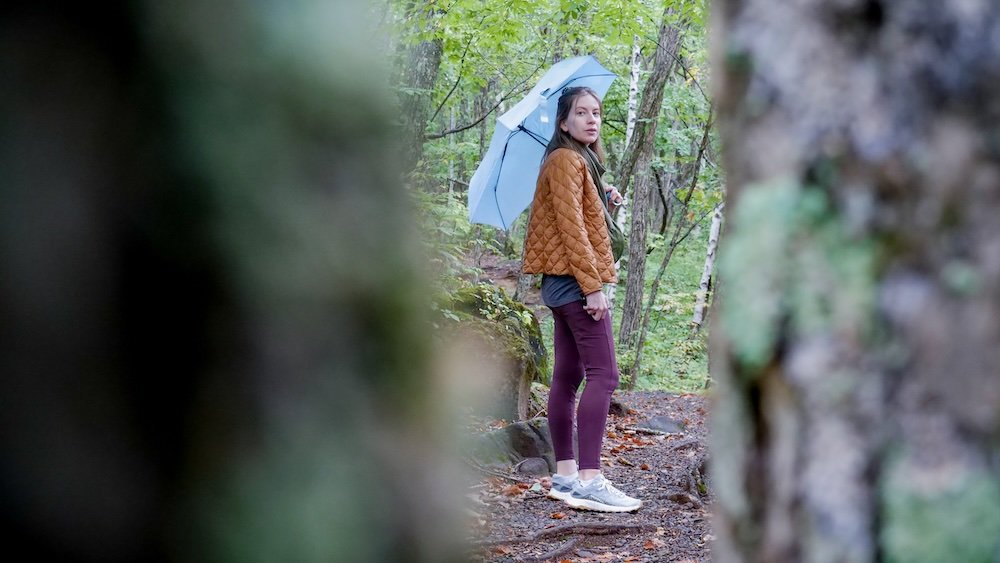
Top 9 Things To Do in Norikura Kogen, Japan For Visitors
Let’s explore some things to do in Norikura Kogen.
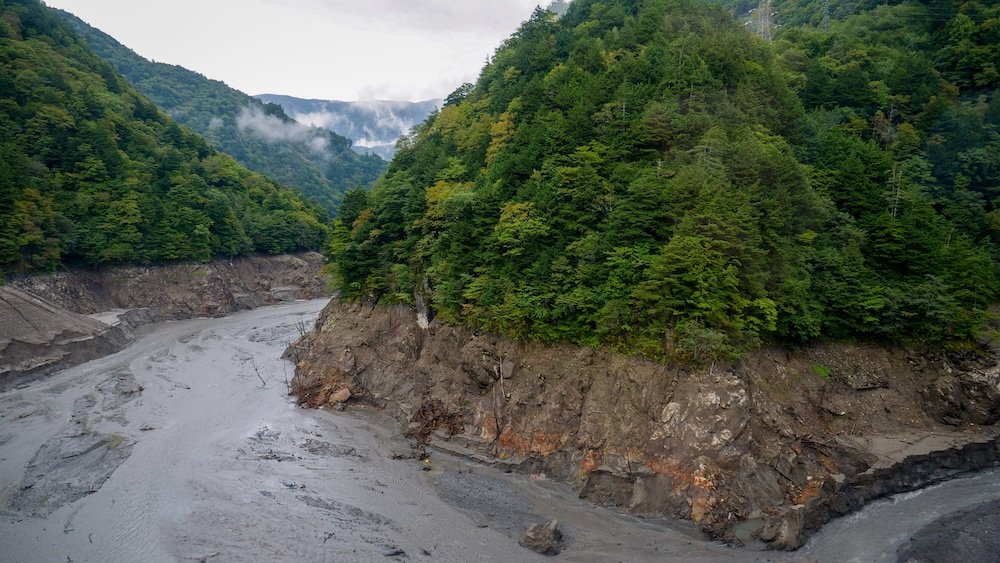
1) Getting to Norikura Kogen
Reaching Norikura Kogen isn’t just about physical distance; it’s the beginning of a gradual transition from city bustle to alpine calm. Start by taking a train from Matsumoto, watching as concrete scenes fade into verdant valleys and rugged peaks. Next, switch to a local bus that navigates winding mountain roads, offering glimpses of waterfalls and distant ridgelines. The ride may feel slow, but that’s part of its charm—an introduction to the region’s unhurried pace. By the time you step off the bus, the crisp air and the hush of the highlands welcome you as if you’ve stepped into another world.
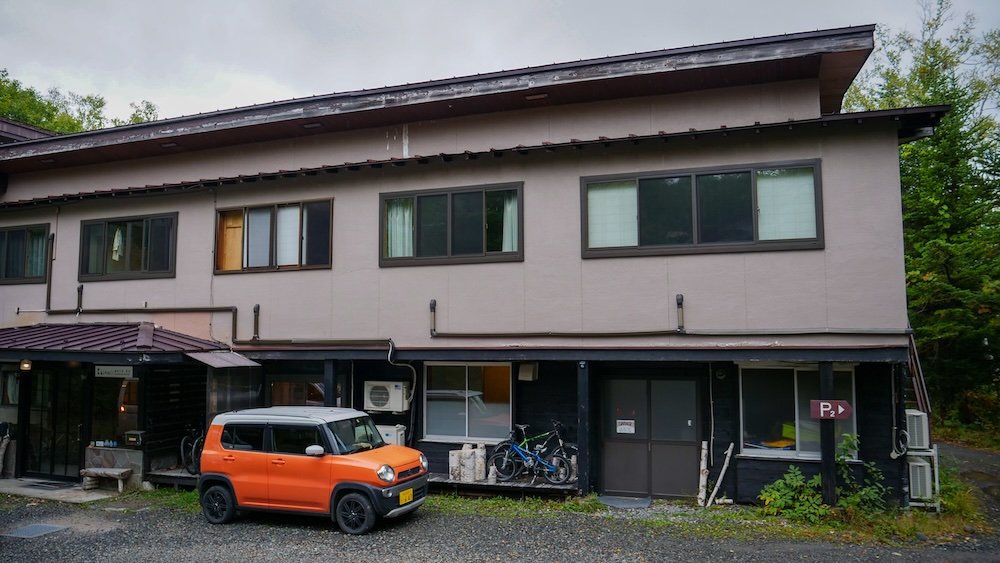
- Travel Tips: Check seasonal schedules since some bus routes run more frequently in peak months, buy tickets in advance during holidays, and consider luggage services if traveling with bulky gear.
- Scenic Elements: Keep an eye out for mountain streams, wildflowers along the roadside, and occasional monkeys or deer in the forest.
- Arrival Comforts: Local bus stops often have small info boards, benches, and sometimes a vending machine for a quick drink.
Tip: Arrive early in Matsumoto; taking the first morning transport often means fewer crowds and more time to settle in at your destination.
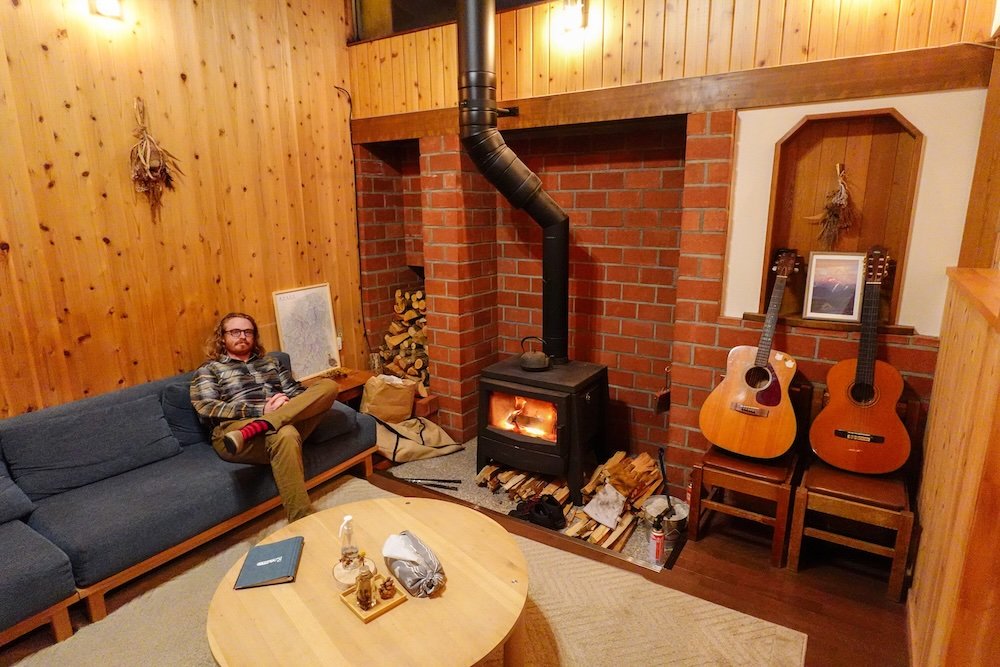
2) Checking in at Raicho Guesthouse
Stepping into Raicho Guesthouse feels like being welcomed into a friend’s mountain home, where wooden interiors glow warmly under soft lighting. The hosts greet you with sincere smiles, offer a cup of tea, and show genuine curiosity about your journey so far. Rooms are simple but comfortable—futons on tatami mats, window views of tall pines, and maybe a quiet stream whispering just beyond the sill. Before settling in, don’t hesitate to ask questions about local trails, restaurants, or cultural events; the staff often share insider tips you won’t find in any brochure. By evening, as you tuck into bed, you’ll feel deeply rooted in Norikura Kogen’s gentle rhythm, ready to explore at dawn.
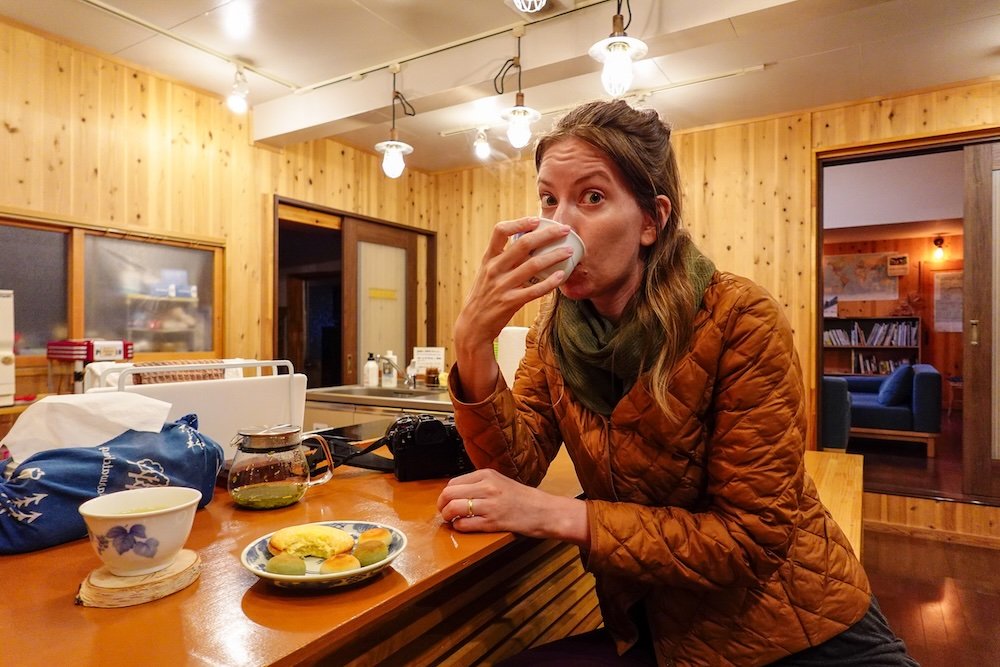
- What to Expect: Wi-Fi in common areas, shared bathrooms kept spotlessly clean, and small reading corners stocked with local guides.
- Cultural Etiquette: Remove shoes at the entrance, practice quiet evenings, and greet staff with a polite “konnichiwa.”
- Homey Touches: A cozy lounge for chatting with other guests, hot tea always available, and sometimes snacks or seasonal fruits on the table.
Tip: Ask about breakfast options—often a simple spread of rice, miso soup, and pickles sets a nourishing tone for the day.
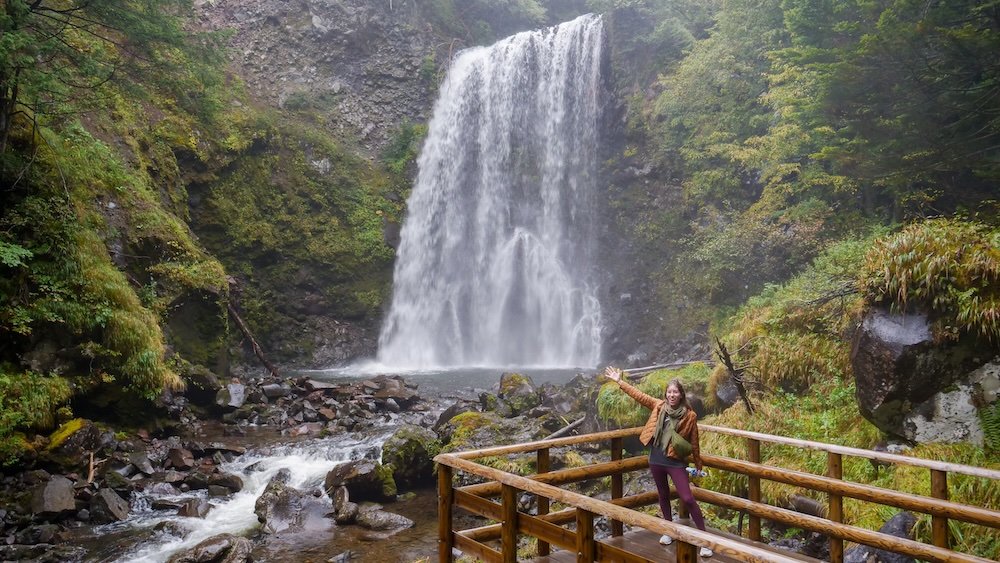
3) Hiking to Zengoronotaki Falls
The trail to Zengoronotaki Falls meanders through mossy forests, across wooden bridges, and along gentle streams singing nature’s lullaby. Each step carries you deeper into a world where sunlight filters softly through leaves, painting dappled patterns on the forest floor. Listen for the distant roar that grows louder as you approach—a promise that the falls lie just ahead. Upon arrival, the sight of water tumbling gracefully over rocks can stir something primal, reminding you of nature’s quiet power and beauty. Spend a few moments here: breathe deeply, snap a few photos, and savor the sensation of cool mist on your face.

- Trail Essentials: Wear sturdy hiking shoes, bring a reusable water bottle, and consider light rain gear if weather’s uncertain.
- Wildlife Awareness: Keep eyes peeled for woodpeckers, squirrels, or even a shy deer stepping into a clearing.
- Pacing: Move at your own speed—no rush, no pressure, just enjoying the journey.
Tip: Go early in the morning for fewer hikers, softer light, and a better chance of spotting wildlife undisturbed.

4) Dinner at Primavera
Dinner at Primavera takes the notion of mountain dining and gives it a warm, welcoming twist—this time, with pizza at the heart of the menu. Sit down in this cozy spot, where the wood-fired oven crackles softly and each pizza emerges with a perfectly blistered crust, melding earthy flavors into every bite. Ingredients highlight the region’s bounty, from locally sourced vegetables to cheeses that hint at alpine pastures, ensuring each slice feels both familiar and delightfully fresh.
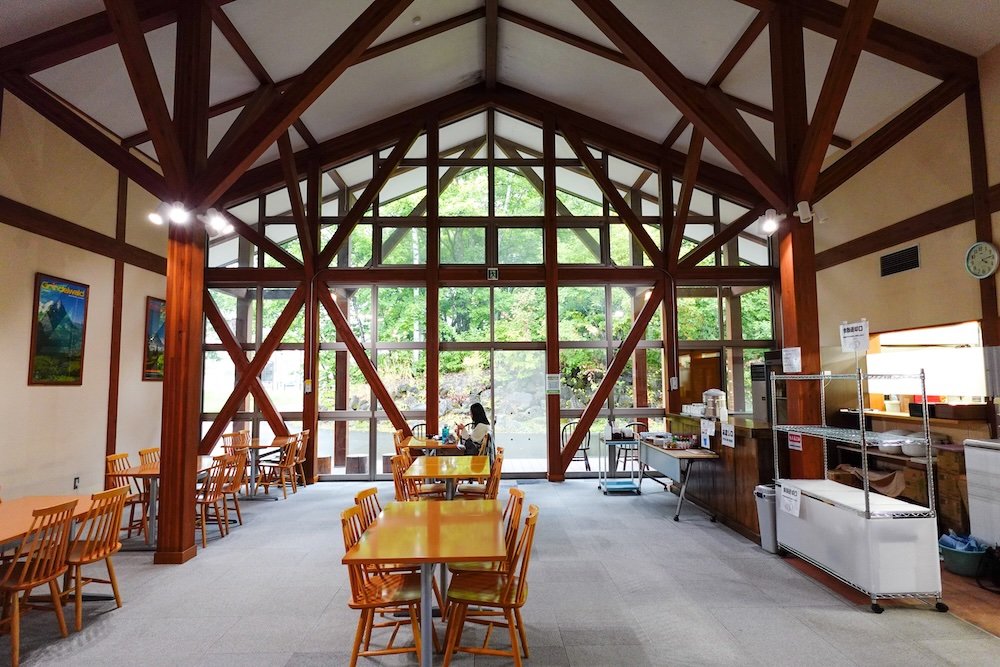
- Menu Highlights: Try a seasonal vegetable pizza, sample a classic Margherita, or opt for a specialty pie featuring local cheeses.
- Atmosphere: Expect low lighting, simple wooden tables, and a view of the oven that brings a sense of homestyle authenticity.
- Pairings: Enjoy local craft beer, a cup of herbal tea, or a glass of wine to round out your meal.
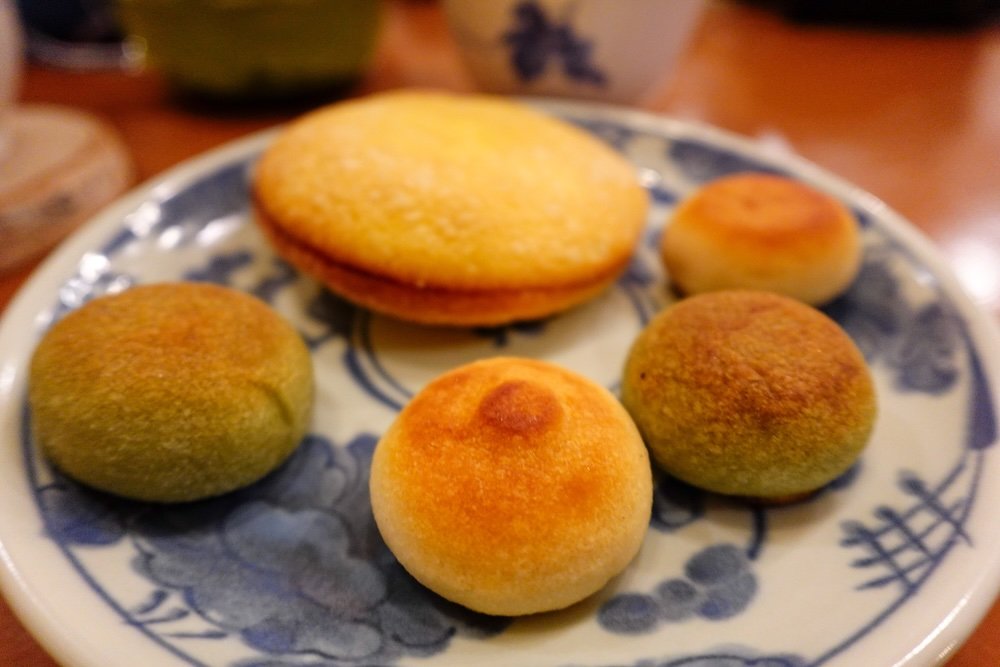
5) Japanese Tea and Desserts
Taking a break for Japanese tea and desserts in Norikura Kogen offers more than a sugar rush; it’s a cultural pause button. Imagine sitting in a small tearoom, ceramic cup warm in your hands, inhaling the grassy aroma of matcha as you glance toward the window framing evergreen hills. Try wagashi—traditional sweets often shaped like flowers or leaves, each bite a moment of quiet artistry. Between sips, chat softly with friends or simply let silence speak, observing how calmness seeps into your bones. This experience reminds you that travel isn’t always about action; sometimes it’s about letting the world slow down and savoring each second.
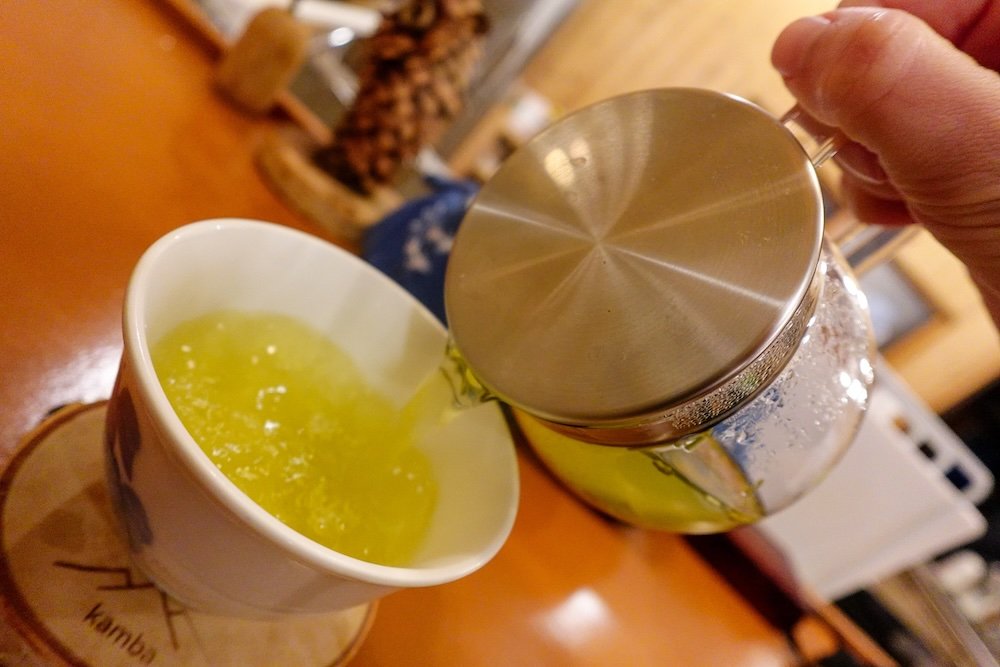
- Sweet Selections: Look for mochi with red bean paste, yokan jelly, or delicate fruit pastries.
- Tea Types: Matcha stands out, but consider genmaicha (roasted rice tea), sencha, or a seasonal blend.
- Atmosphere: Seek tearooms with low tables, soft lighting, and maybe a garden view for ultimate relaxation.
Tip: Turn off your phone—even a brief digital detox enhances the serenity of a traditional tea moment.
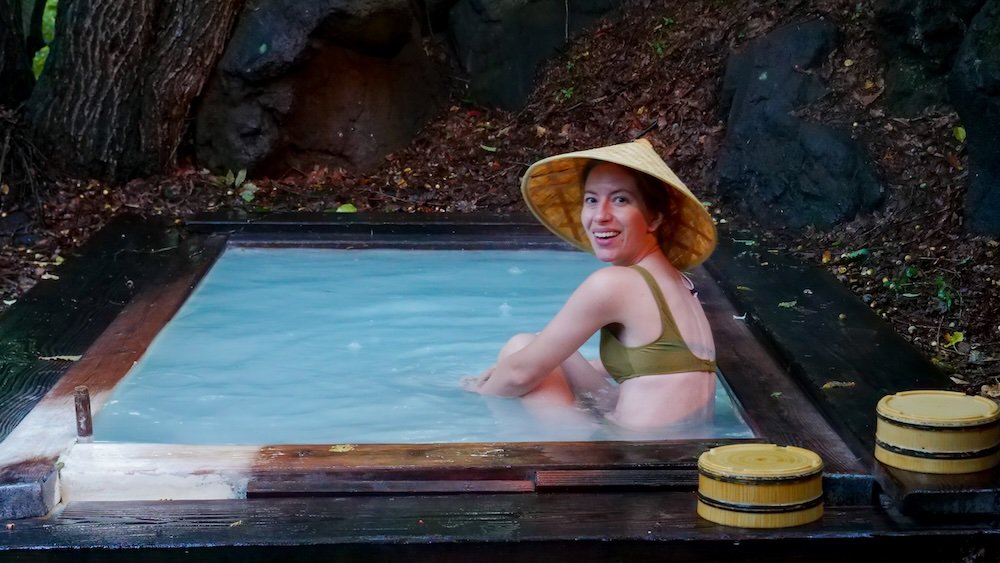
6) Private Outdoor Onsen Experience
A private outdoor onsen soak under open skies offers pure indulgence, especially after a day of hiking or exploring. Slip into the mineral-rich hot water, feel tension evaporate, and notice how steam curls into the crisp mountain air. With no strangers around, you can fully unwind—just you, nature’s whispers, and the gentle caress of warm water. Bring a towel, breathe steadily, and let your mind drift as your body warms and rejuvenates. By the end, stepping out feels like emerging renewed, each muscle thanking you for this gift of calm.
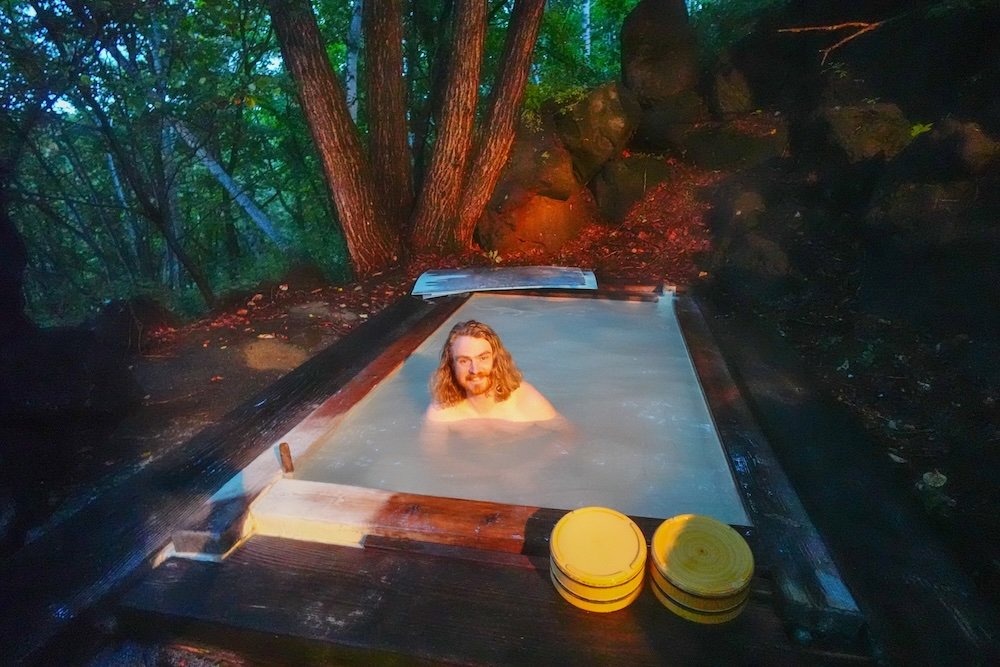
- Onsen Etiquette: Rinse before entering, keep voices low, and refrain from swimsuits if it’s a traditional setting—often birthday suits only.
- Booking Tips: Reserve your time slot in advance, inquire about towel rentals, and confirm privacy options if modesty matters to you.
- Health Benefits: The minerals can help soothe sore muscles, improve circulation, and calm the mind.
Tip: Visit at dusk or early evening—twilight hues and subtle lighting can deepen the experience’s magic.
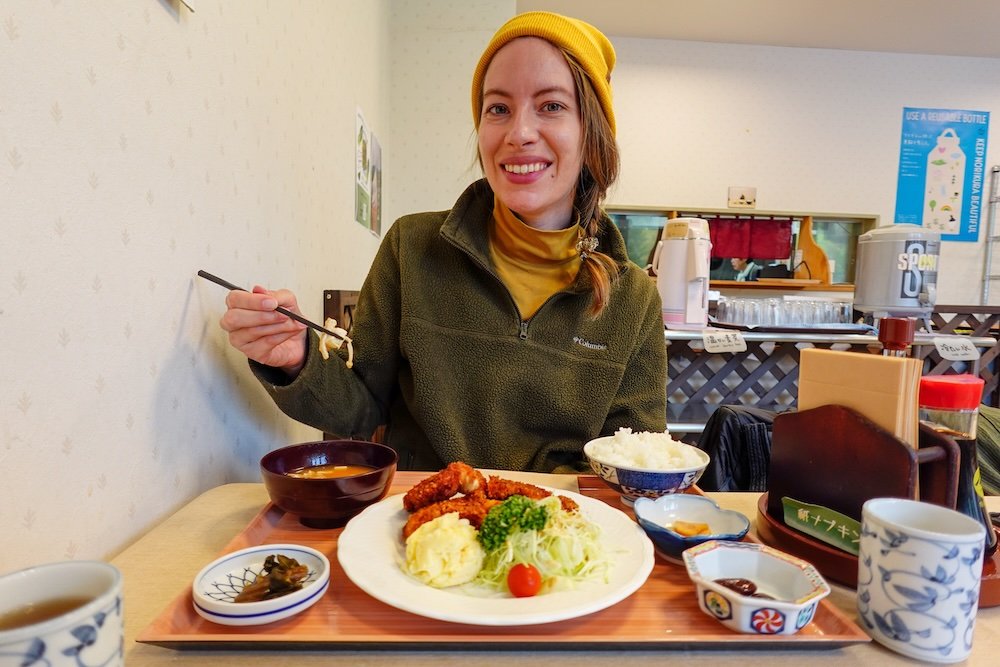
7) Lunch at Okamisan Dining
Okamisan Dining puts local ingredients center stage, transforming humble produce into hearty meals that reflect the seasons. Sit down at communal tables, join conversations sparked by curiosity, and taste dishes that feel both comforting and fresh. The menu might feature pickled vegetables that pop with flavor, rice grown in nearby fields, or mountain greens sautéed to perfection. A warm miso soup or grilled fish reminds you that simplicity can be sublime, each ingredient treated with respect and skill. Departing with a full belly and a light heart, you’ll appreciate how food here tells a story of land, tradition, and hospitality.
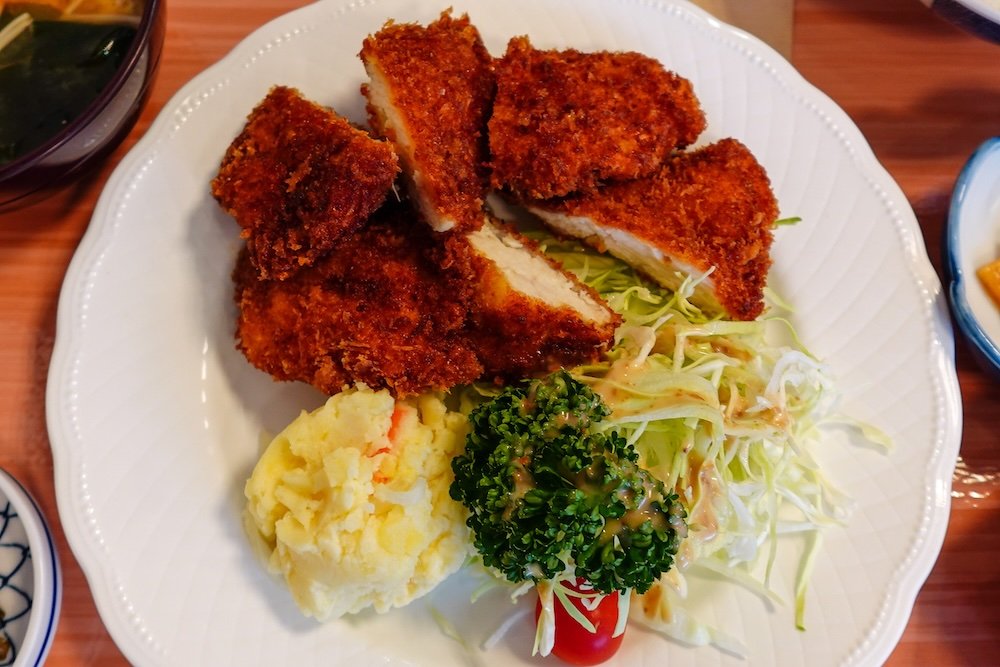
- Daily Specials: Ask about seasonal plates, chef’s recommendations, or any limited-time desserts.
- Atmosphere: Expect casual seating, friendly staff, and a mix of locals and travelers swapping stories.
- Portion Sizes: Hearty but not overwhelming, ensuring you leave satisfied but still ready for afternoon adventures.
Tip: Arrive slightly before standard lunch rush to secure a seat and enjoy a relaxed meal.
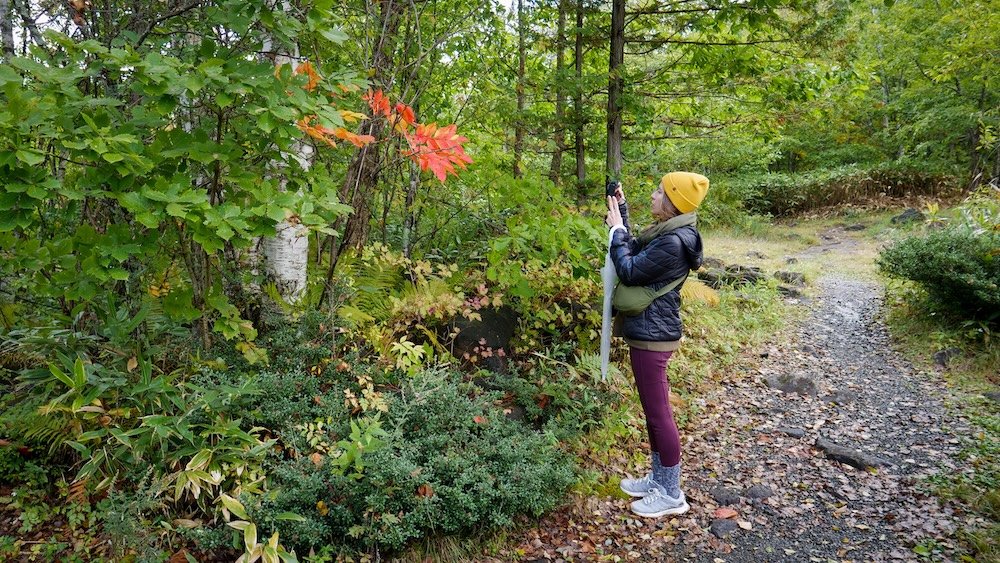
8) Hiking Ichinose Meadow Trail
The Ichinose Meadow Trail offers a gentler hiking experience—no steep climbs, just meandering paths through fields, forests, and streamsides. Each step brings new discoveries: rare flowers, darting dragonflies, or the distant tinkle of a hidden waterfall. The meadow itself feels like a stage set by nature—soft grasses underfoot, a breeze carrying the scent of pine, and mountain silhouettes framing the horizon. Unlike tougher treks, this route welcomes all levels, encouraging slow exploration, stopping often to admire tiny wonders. By the time you loop back, your senses sharpen, your heartbeat steadies, and your connection to the environment deepens.
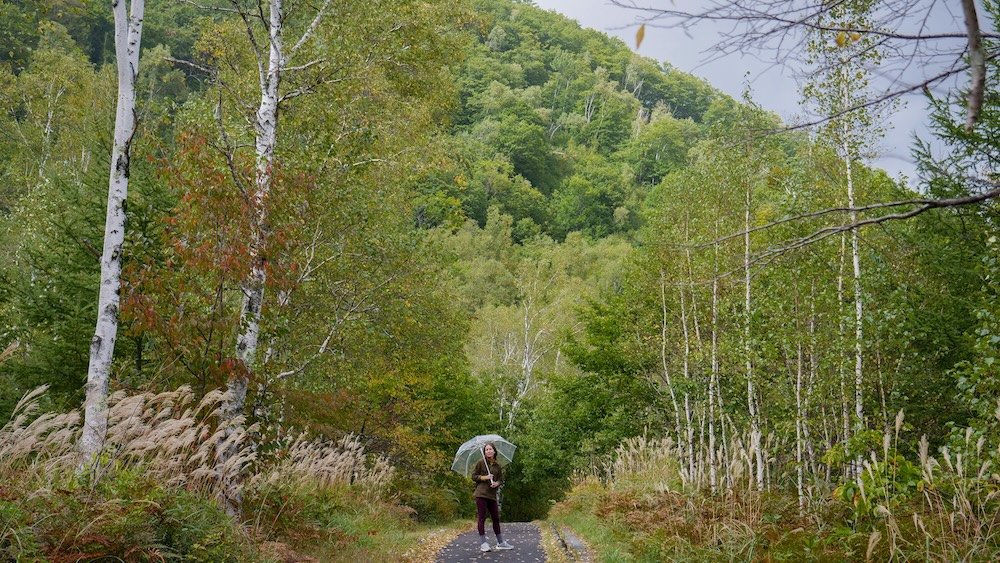
- Trail Essentials: Bring comfortable walking shoes, water, and a light snack—you might linger longer than planned.
- Photography Tips: Early morning or late afternoon light enhances meadow colors and soft shadows, making for great snapshots.
- Flora & Fauna: Keep watch for wildflowers, butterflies, and occasionally a small, curious fox peering from a thicket.
Tip: Check weather forecasts; a damp meadow can still be enjoyable, but a drizzle might suggest bringing a light rain jacket.
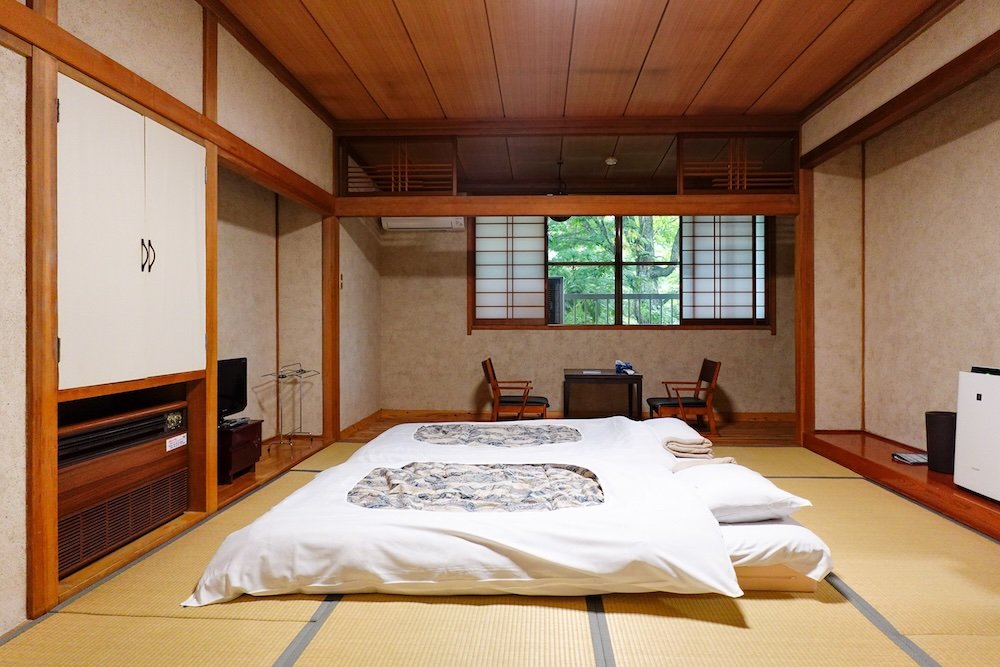
9) Guesthouse Tour and Final Thoughts
Before leaving, take a moment to wander through your guesthouse—notice the hand-carved wood beams, the family photos on a shelf, maybe a small shrine in a corner. Ask the hosts about their family’s history here, how seasons shape their life, what dreams they hold for the future. This personal exchange adds depth to your stay, reminding you that travel is about connecting with people, not just places. As you pack up, reflect on what Norikura Kogen offered: a respite from noise, a chance to slow down, and a reminder that simplicity can shine brighter than any city light. With these final thoughts, step out knowing you’ll carry the region’s gentle rhythms wherever you wander next.
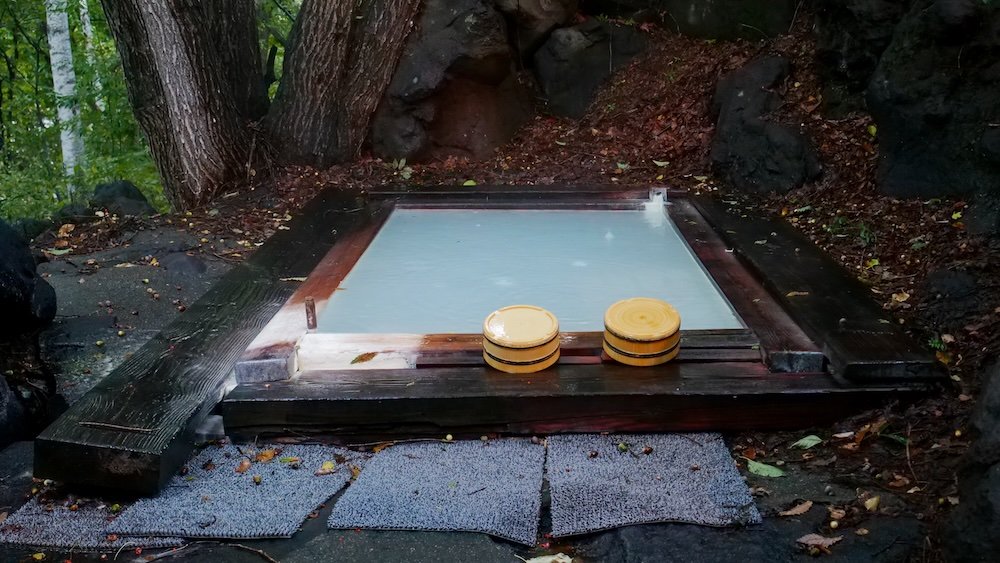
- Saying Goodbye: Leave a thank you note, share contact information for future stays, and consider a small gift as a token of gratitude.
- Last Glances: Take a final photo of the guesthouse entrance, a favorite trailhead sign, or a quiet corner that meant something to you.
- Souvenir Ideas: Handmade wooden trinkets, local teas, or small artisan crafts to keep memories alive.
Tip: Exchange travel stories with other guests—you never know what inspiration you’ll gain for future journeys.
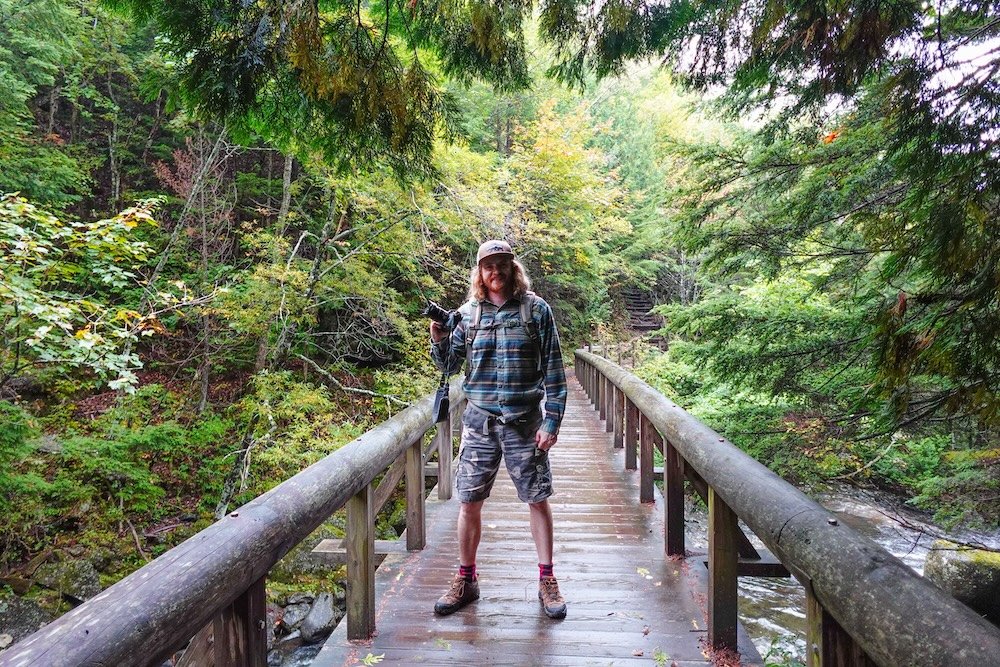
Tours For Visitors To Norikura Kogen, Japan
Let’s explore some unique tours in Norikura.
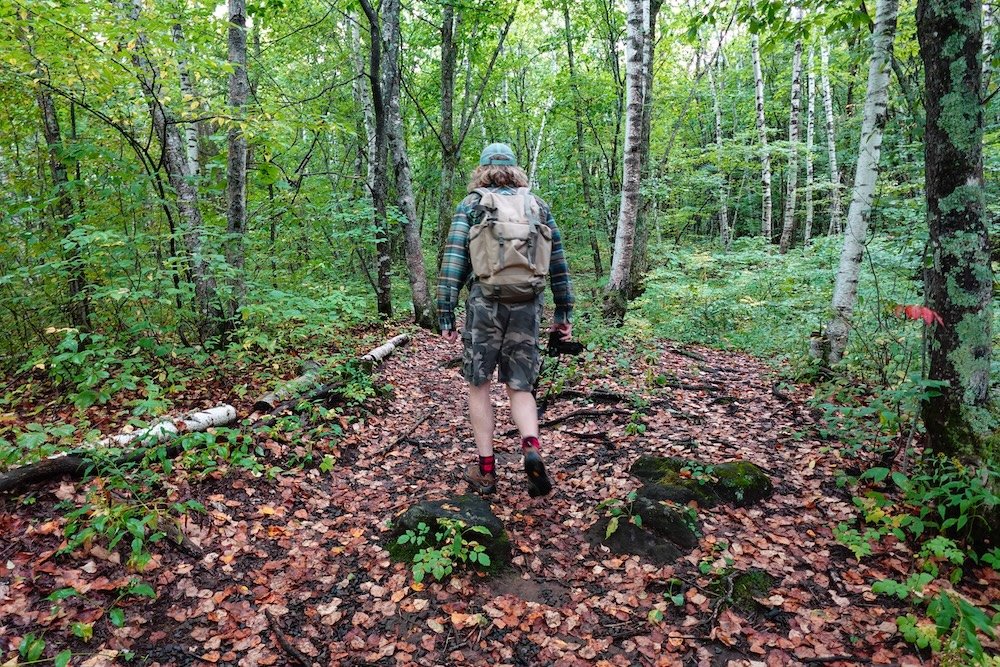
1) Guided Forest Herbal Walk
This Guided Forest Herbal Walk invites you to slow down and look closer at nature’s subtle gifts. A local guide leads you along gentle trails, pointing out edible plants, medicinal herbs, and wildflowers that lend flavor and health to everyday life here. You’ll learn how villagers once relied on these ingredients for teas, salves, and remedies, each leaf carrying centuries of practical wisdom. The pace is unhurried—plenty of time to breathe in earthy scents, feel soft moss underfoot, and maybe nibble on a safe, tangy leaf. By the tour’s end, you’ll view the forest not just as a backdrop, but as a quiet pantry and pharmacy nurtured by the land.
- Highlights: Taste herbal teas, identify traditional remedies, and learn about local foraging customs.
- What to Bring: Wear comfortable walking shoes, bring a small notebook for notes, and carry light rain gear just in case.
- Friendly Advice: Ask questions about plant uses, remember foraging guidelines, and respect the forest’s delicate balance.
Tip: Keep an open mind; sometimes the most unexpected leaves or blossoms hold the sweetest surprises.
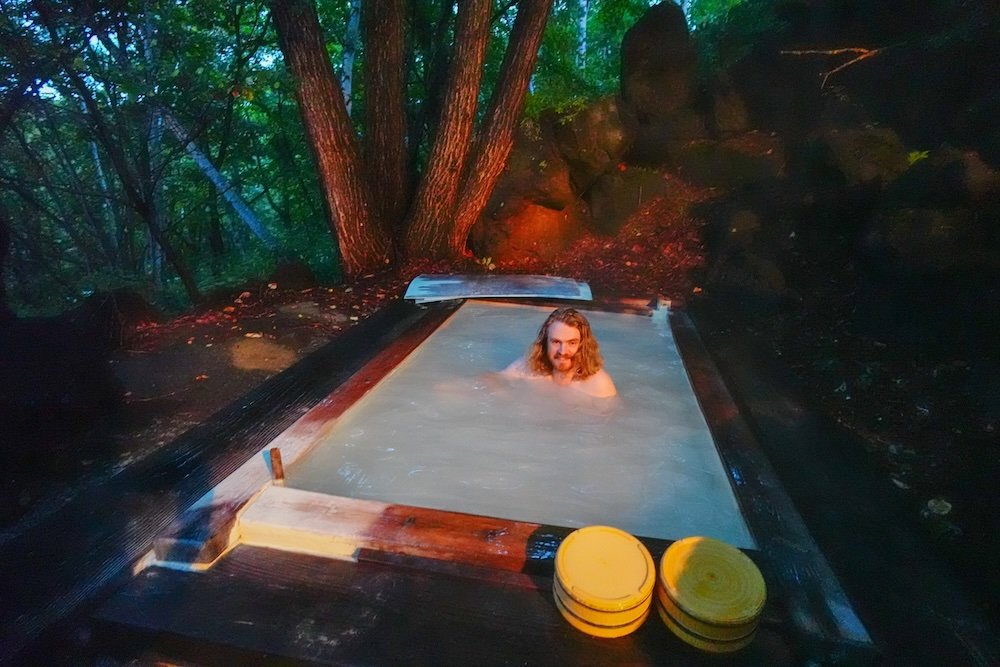
2) Nighttime Onsen & Stargazing Tour
The Nighttime Onsen & Stargazing Tour pairs warm mineral baths with celestial wonders, creating an experience that soothes both body and spirit. First, you’ll soak in a private onsen under the open sky, feeling tension drift away as the hot water eases travel-weary muscles. Afterward, step outside onto a quiet lawn or deck, guided by an expert who points out constellations, shooting stars, and distant galaxies visible in Norikura’s low-light environment. The cool night air contrasts gently with your warmed skin, amplifying that sense of tranquility that only mountains and stars can deliver. By tour’s end, you’ll cherish a memory that blends relaxation with cosmic marvels—something you can’t quite find back home.
- Must-Haves: Pack a light jacket, bring a small towel, and wear comfortable, slip-on shoes for quick changes.
- Timetable: Check moon phases—darker nights mean brighter stars—and confirm weather forecasts before booking.
- Etiquette: Embrace quiet whispers, maintain low lighting, and show respect for others seeking calm.
Tip: Turn off your phone’s flashlight; let your eyes adjust naturally and watch the sky come alive.
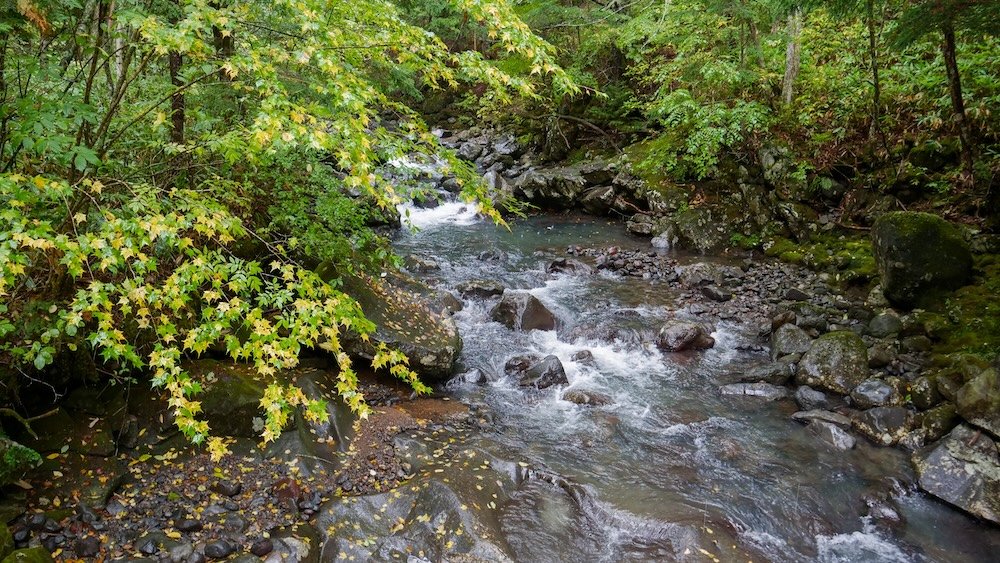
3) Cycling Tour of Meadows and Streams
A Cycling Tour of Meadows and Streams invites you to hop on a bike and pedal through Norikura’s sun-kissed landscapes. Guides set an easy pace, ensuring beginners and seasoned riders alike enjoy the ride rather than break a sweat. Stopping along the way to dip toes in clear streams or chat about local farming traditions makes the journey feel personal and interactive. Feel the breeze carry scents of wildflowers, catch glimpses of wildlife darting through brush, and listen to your guide’s stories about how the valley changes with each season. By the end, you’ll feel more connected to the land’s gentle rhythms, ready to refuel with a hearty meal back in town.
- Route Highlights: Pass by open meadows, stop at crystal-clear streams, and admire distant peaks on the horizon.
- Gear Essentials: Rent a comfortable bike, wear a helmet, and consider sunglasses and sunscreen for bright days.
- Photography Tips: Early morning or late afternoon light highlights soft colors, long shadows, and sparkling water reflections.
Tip: Take it slow; pausing mid-ride to soak in a view can yield fonder memories than racing to the finish line.
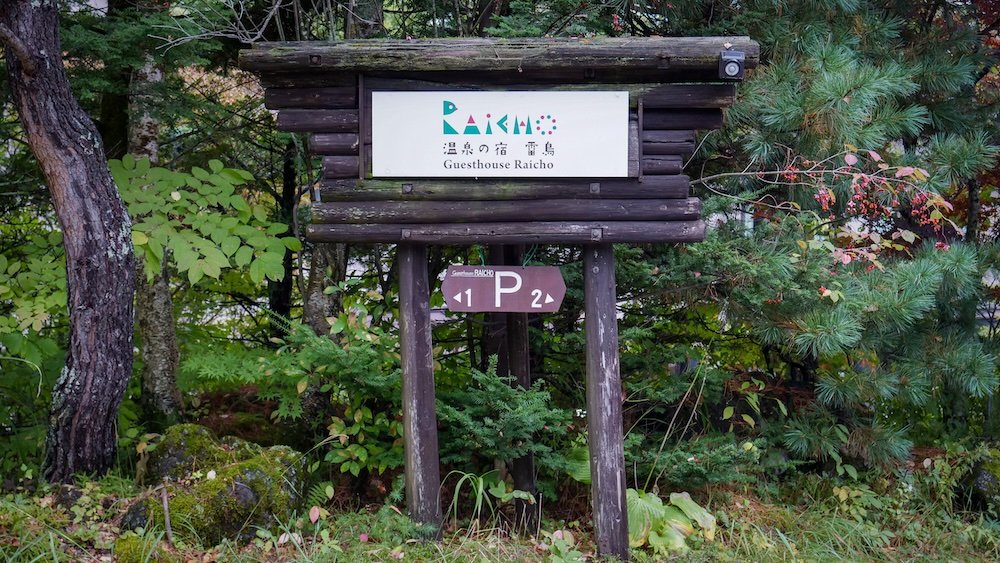
Norikura Kogen Accommodations Guide: Hotels, Guesthouses and Hostels
Let’s check out accommodation options in Norikura.
1) Pensions and Guesthouses
These pensions and guesthouses feel more like visiting a friend’s home than renting a room. Hosts greet you warmly, possibly offering a hot cup of tea and insights about local festivals or hidden viewpoints. Rooms tend to be simple yet comfortable—think futon mattresses, wooden floors, and maybe a small balcony framing evergreen hills. Common areas encourage guests to mingle, share travel tips, and even form impromptu dinner groups if the mood strikes. By the end of your stay, you might know everyone’s name and have a few new friends to hike with tomorrow.
- Atmosphere: Expect friendly hosts, cozy lounges, and a laid-back vibe.
- Budget-Friendly: Rooms often cost less than larger hotels, freeing up funds for other adventures.
- Local Insight: Hosts can suggest less-crowded trails, recommend family-run restaurants, and explain local customs.
Tip: Ask about breakfast—often a simple, nourishing spread sets you up perfectly for a day’s exploration.
2) Ryokans for Cultural Immersion
A ryokan stay is a chance to sample Japanese traditions firsthand, from slipping off your shoes at the door to savoring kaiseki meals bursting with seasonal flavors. Rooms feature tatami mats, low tables, and sliding shoji doors that open onto garden views or forested hillsides. Evening might bring a private onsen bath, warm steam rising as you relax beneath a quiet sky. Staff members move with graceful purpose, delivering meals and tending to details that keep you centered and calm. By the time you depart, you’ll feel not only rested but enriched, carrying a piece of Norikura Kogen’s cultural essence home with you.
- Meals Included: Many ryokans serve multicourse dinners, hearty breakfasts, and maybe even afternoon tea.
- Etiquette: Learn to wear a yukata, handle tatami rooms with care, and bow in greeting to show respect.
- Private Onsens: Some ryokans offer reservable hot spring baths, perfect for a quiet soak under starlight.
Tip: Embrace the ritual—slowing down, savoring each dish, and engaging with staff adds depth to your ryokan experience.
3) Mountain Lodges and Alpine Hideaways
For those craving a closer bond with nature, mountain lodges put you right at the trailheads, where dawn light paints peaks rose-gold. Rooms might be simpler, sometimes bunk-style, but that’s part of the adventure—here, comfort is measured in crisp alpine air and the thrill of tomorrow’s summit. Guides often pass through, sharing route updates, while other travelers swap stories over hot chocolate or local beer. Evenings can feel delightfully rustic, maybe reading by lamplight or chatting beneath wood-beamed ceilings. You’ll leave with mud on your boots, fresh memories in your mind, and a renewed respect for the mountains’ quiet power.
- Practical Perks: Expect gear storage, early breakfasts for sunrise hikes, and maps or advice on local routes.
- Community Feel: Join group meals, sit around common fireplaces, and celebrate a day’s climb with fellow adventurers.
- Seasonal Variations: Some lodges open only during hiking season, while others cater to winter sports enthusiasts.
Tip: Pack light and flexible gear; sudden weather changes mean adaptability is key in alpine environments.
source: Samuel and Audrey on YouTube: Nomadic Samuel & That Backpacker as the hosts
Day Trips From Norikura Kogen, Japan
Let’s take a look at some unique day trips from Norikura.
1) Matsumoto Castle & Surrounding Streets
Visiting Matsumoto Castle immerses you in Japan’s feudal past, where wooden interiors creak with stories and blackened walls reflect centuries of vigilance. Climb steep ladders inside the keep, peer through narrow windows once used by archers, and imagine the clang of swords echoing in these halls. After exploring the castle, wander into charming side streets lined with artisan shops, small museums, and cozy cafés serving local sweets. There’s a relaxed hum in the air—locals biking past, shopkeepers chatting at doorways, and travelers pausing for snapshots against the castle’s moats. By day’s end, you carry not just photos, but a sense of Matsumoto’s time-worn grace lingering in your thoughts.
- Highlights: Admire the Crow Castle’s reflection in the moat, try soba noodles at a local eatery, and explore the Nakamachi district for crafts.
- Travel Tip: Consider a combination ticket for the castle and nearby cultural sites, saving time and yen.
- Seasons: Visit in spring for cherry blossoms, autumn for crisp air, or winter for fewer crowds.
Tip: Arrive early to enjoy quieter castle halls before tour groups roll in.
2) Kamikochi’s Alpine Paradise
Kamikochi beckons with crystal-clear rivers, sturdy wooden bridges, and towering peaks that feel close enough to touch. Take a gentle hike along well-marked paths, where wildflowers nod in the breeze and timid wildlife might peek from shady ferns. The turquoise Azusa River sparkles beneath footbridges, offering perfect photo ops and moments to pause, breathe, and soak it all in. Each turn reveals new scenes: a quiet pond mirroring snow-capped ridges, a tranquil grove where sunlight filters through tall pines. By the time you head back, Kamikochi’s serene energy will feel like a whisper urging you to return someday.
- Essentials: Wear comfortable hiking shoes, pack a light jacket, and bring a reusable water bottle to stay hydrated.
- Photo Spots: Kappa Bridge for panoramic views, Taisho Pond for iconic reflections, and forest trails for hidden corners.
- Seasonal Shifts: Visit in summer for lush greens, autumn for fiery foliage, and avoid winter when access is limited.
Tip: Check bus timetables carefully—Kamikochi is car-free, so planning your transport ensures a hassle-free day.
3) Shirahone Onsen’s Healing Waters
A day trip to Shirahone Onsen offers a chance to soak in milky-white mineral baths said to soothe tired muscles and soften the skin. Picture yourself easing into warm water as steam drifts upward, soft light flickers, and mountain silence wraps around you. Small onsen inns line the area, each with its own baths and serene corners—pick one that speaks to you. Between soaks, stroll quiet lanes, maybe savor a local egg boiled in mineral-rich water, or sip on a simple soup that complements the region’s gentle vibe. Departing Shirahone, you’ll feel a sense of renewal, as if these waters washed away not just fatigue, but the rush of everyday life.
- Amenities: Find towel rentals, private baths for extra privacy, and lockers for storing belongings.
- Cultural Etiquette: Rinse before entering baths, keep voices low, and enjoy onsens without swimsuits (traditional style).
- Extra Comfort: Some inns serve hot drinks post-bath, perfect for lingering warmth.
Tip: Visit midday when it’s often quieter, ensuring a more peaceful, unhurried soak.
4) Kiso Valley’s Historic Villages
The Kiso Valley transports you back in time to wooden post towns that once housed weary travelers on the Nakasendo trail. Wander narrow streets flanked by merchant houses preserved for centuries, admire intricate latticework, and peek into small shops selling handmade crafts. The atmosphere encourages slow exploration: settle into a teahouse for a cup of fragrant matcha, listen to stories of travelers long gone, and let your mind drift to another era. Each village—like Magome or Tsumago—offers a different nuance: one may have a hidden shrine, another a small museum celebrating local history. By late afternoon, as shadows grow long, you’ll depart with a layered appreciation of Japan’s heritage etched into your memory.
- Must-Sees: Stroll Magome’s cobblestone paths, visit Tsumago’s old inns, and try local chestnut sweets if in season.
- Route Options: Consider a hike between post towns, take a bus link for convenience, or rent a bike for a unique perspective.
- Cultural Respect: Greet locals with a nod, keep litter in your bag, and savor silence when entering old buildings.
Tip: Bring a small daypack—you’ll want space for souvenirs, snacks, and maybe a guidebook to unravel the area’s stories.
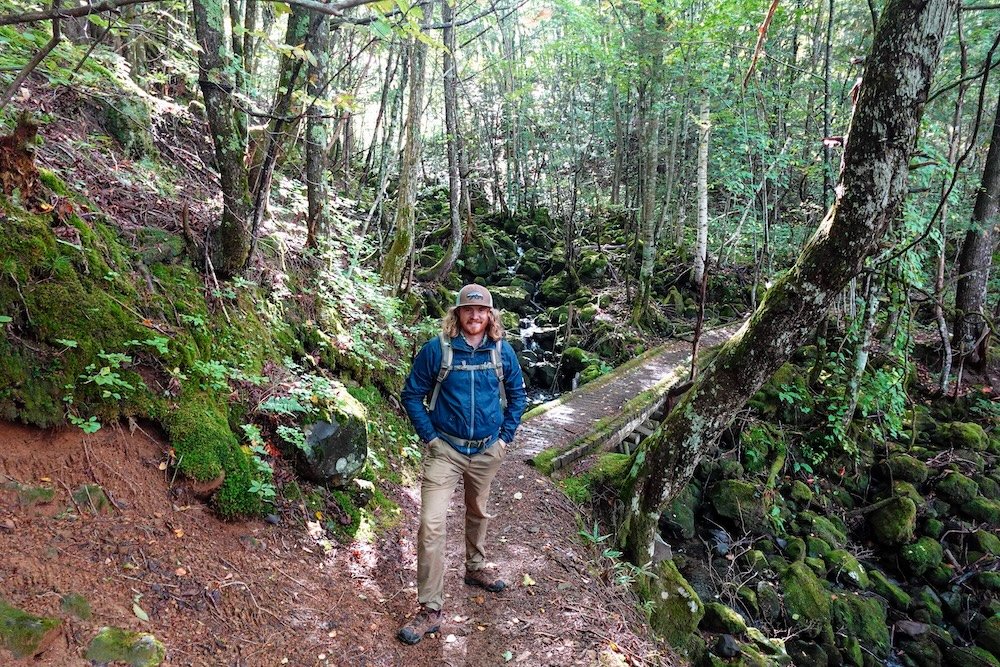
Norikura Kogen Transportation Guide
Perched high in the Japanese Alps, Norikura Kogen feels like a world apart, but getting there and getting around doesn’t have to be complicated.
Getting There by Bus and Train
Traveling to Norikura Kogen often begins with a train ride to Matsumoto, where sleek express trains link you from major cities. From Matsumoto, a local bus winds up into the highlands, offering changing scenery—from open fields to lush forests, eventually revealing alpine silhouettes against the sky. The ride might feel slow, but that’s part of the region’s charm, allowing you to adjust from city pace to mountain rhythm. At the final stop, step off, breathe deeply, and notice how the air feels crisper, the silence more profound. This journey isn’t just about arrival; it’s an introduction to Norikura’s gentle pace and natural beauty.
- Ticket Tips: Check seasonal bus schedules, consider discount passes if you plan multiple trips, and arrive early in busy seasons.
- Luggage Handling: Opt for locker storage in Matsumoto if carrying bulky gear, pack light to make transfers easier, and inquire about luggage forwarding services.
- Scenic Seats: Sit on the left side heading up for better valley views, or front seats for an open panorama.
Tip: Monitor weather forecasts—stormy days might mean fewer services or minor schedule tweaks.
Local Buses & Shuttle Services
Within Norikura Kogen, local buses and shuttles help you hop between trailheads, viewpoints, and guesthouses with minimal fuss. They’re a lifesaver when you don’t feel like driving or navigating steep roads, especially when snow graces the landscape. Even simple bus rides can turn into scenic excursions, offering peeks at hidden waterfalls or wildlife slipping between trees. Most drivers and station staff understand basic English or at least can point to maps, ensuring you won’t feel lost for long. By embracing local transport, you immerse in the region’s flow, discovering that even a bus stop can become a window into life up here.
- Must-Know Routes: Identify shuttles to popular hiking trails, buses linking key attractions, and loop services for flexible exploration.
- Payment Methods: Keep small change or an IC card ready, and consider day passes if you plan multiple hops.
- Timing: Travel off-peak hours for quieter rides and better chances to chat with friendly locals.
Tip: Snap a photo of posted timetables; having a quick reference on your phone makes planning spontaneous outings easier.
Taxis and Private Transfers
For moments when schedules don’t align or you crave door-to-door convenience, taxis and private transfers step in. While pricier than buses, splitting costs with friends can make them reasonable, especially if you’re hauling heavy luggage or returning late. Show drivers a written address or point on a map if language barriers arise; they’re usually patient and eager to help. Some local services offer pre-booked transfers to airports or neighboring towns, ensuring stress-free arrivals or departures. By using taxis strategically—maybe just for early-morning trail starts or late-night dinner returns—you balance comfort with budget.
- Airport Links: Check if private shuttles run to Matsumoto or Nagoya airports, or inquire about hotel-arranged taxis.
- Luggage Friendly: Taxis handle bulky ski gear, camping packs, or bicycle cases without fuss.
- Late Night: If you stay out late, taxis ensure a safe ride back to your guesthouse when buses pause service.
Tip: Carry your accommodation’s address in Japanese, ensuring a smoother trip if conversation stalls.
Biking and Walking
For a more personal connection to Norikura’s landscapes, consider biking and walking. Bike rentals are often available near bus stops or guesthouses, perfect for short jaunts along rivers or through gentle meadows. Walking trails, both paved and rustic, beckon you to slow down, feel the crunch of leaves underfoot, or enjoy the hush of a forest path. Even without a plan, you can stroll from one viewpoint to another, letting curiosity guide each step. Over time, you’ll realize that human-powered travel isn’t just eco-friendly—it’s a way to understand nature’s pace and appreciate subtle shifts in scenery.
- Rental Details: Look for day rentals or hourly rates, check if bikes have baskets for snacks and gear, and confirm opening hours.
- Safety: Wear comfortable shoes, carry water, and heed local trail signs for safe exploration.
- Seasonal Joys: Try biking in autumn for foliage, walking in spring for blossoms, or early summer for wildflowers.
Tip: Layer your clothing; mountain weather changes quickly, and you’ll appreciate easy adjustments on longer walks or rides.
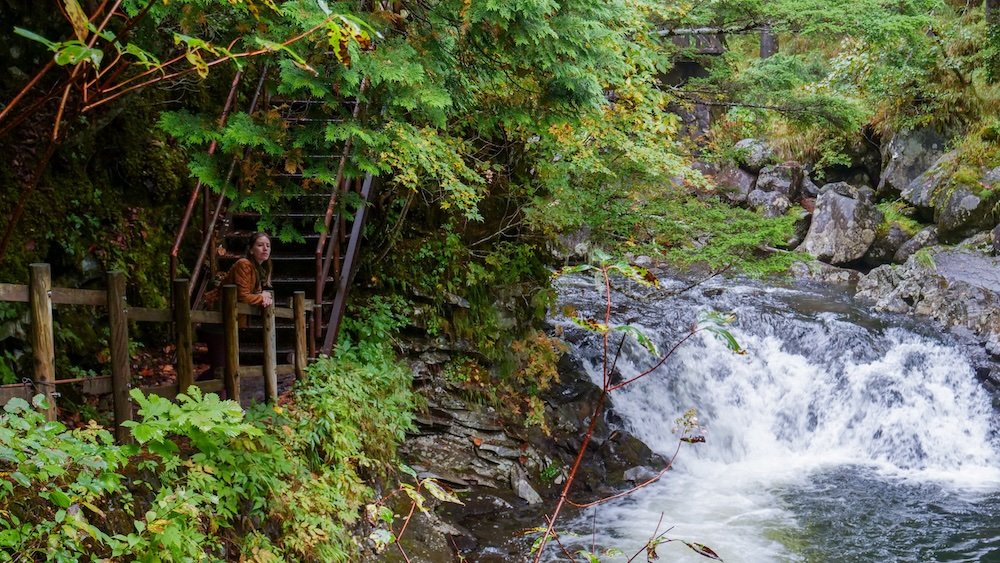
Norikura Kogen Travel Guide: Final Thoughts
Norikura Kogen’s true magic lies in its ability to remind you that travel doesn’t need to be complicated. One moment you’re sipping tea in a small guesthouse lounge, the next you’re pausing on a trail to listen to birdsong echoing in silent forests. Slow down and notice the subtle shifts of light along mountain ridges, the aroma of freshly picked herbs drifting through the afternoon air, the warmth in a shopkeeper’s smile when you try a local treat. These gentle layers weave together, making your journey feel more like a conversation with the land rather than a checklist of sights. By embracing simplicity, you realize that some of the most meaningful moments arise not from grand plans, but from quiet, unhurried encounters.
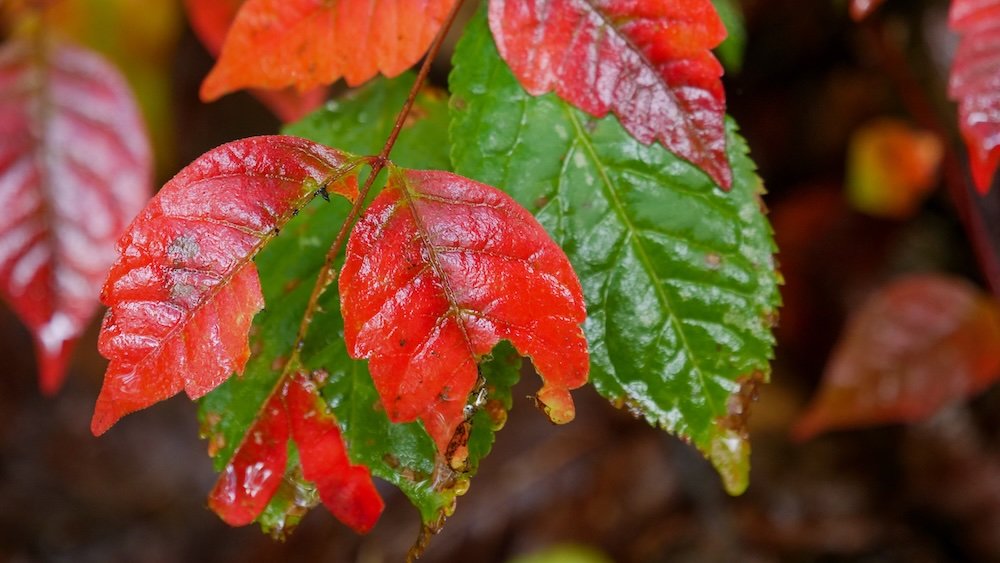
Embracing the Simplicity
- Moments to Cherish: Watch sunrises painting peaks in soft gold, savor picnics beside clear streams, and take an evening stroll under star-filled skies.
- Mindful Choices: Opt for short forest hikes, sample local produce, and engage in light conversation with innkeepers.
- Balance & Ease: Blend active explorations with leisurely afternoons, ensuring both body and mind feel nourished.
Tip: Turn off your phone notifications at least once a day, creating space for nature’s voice to reach you.
